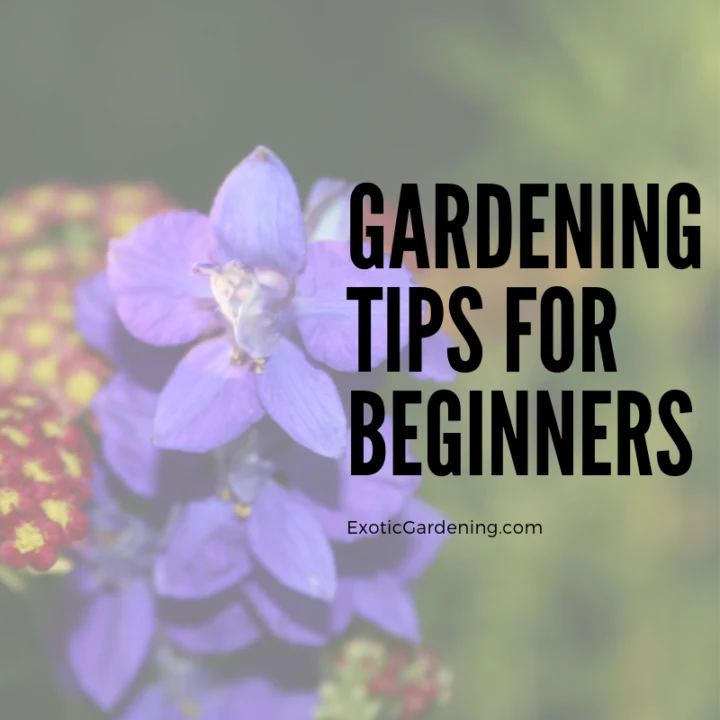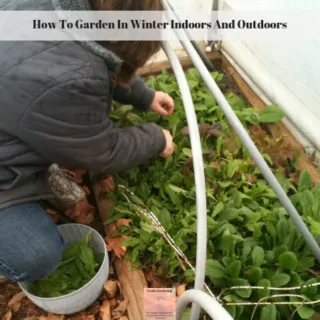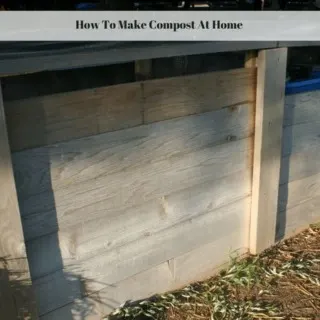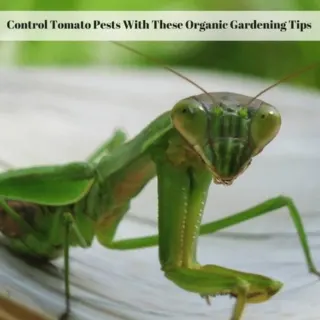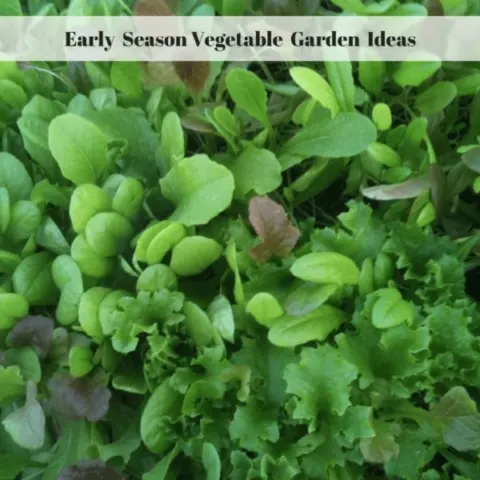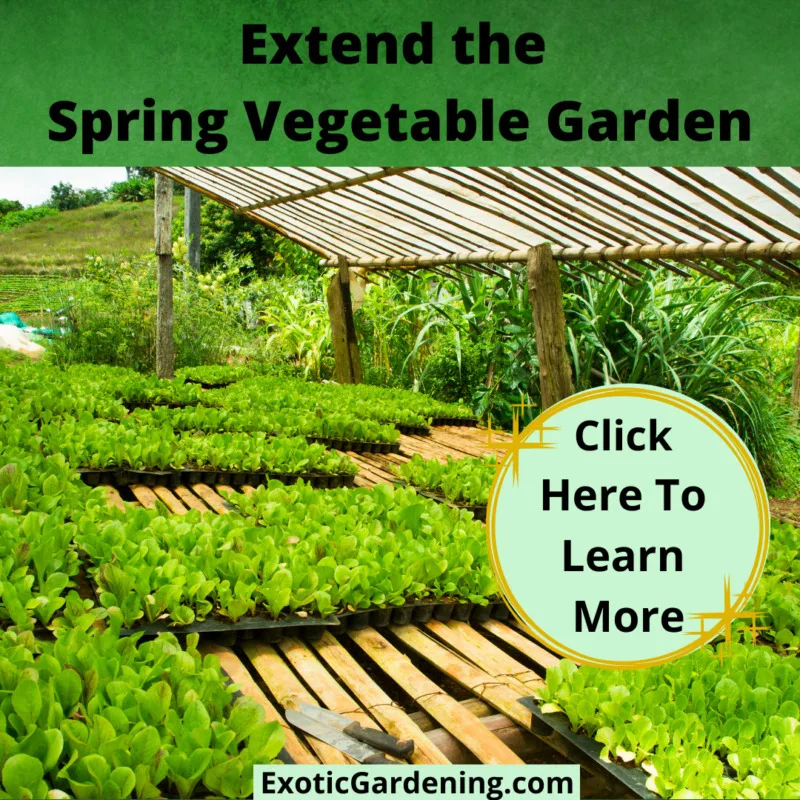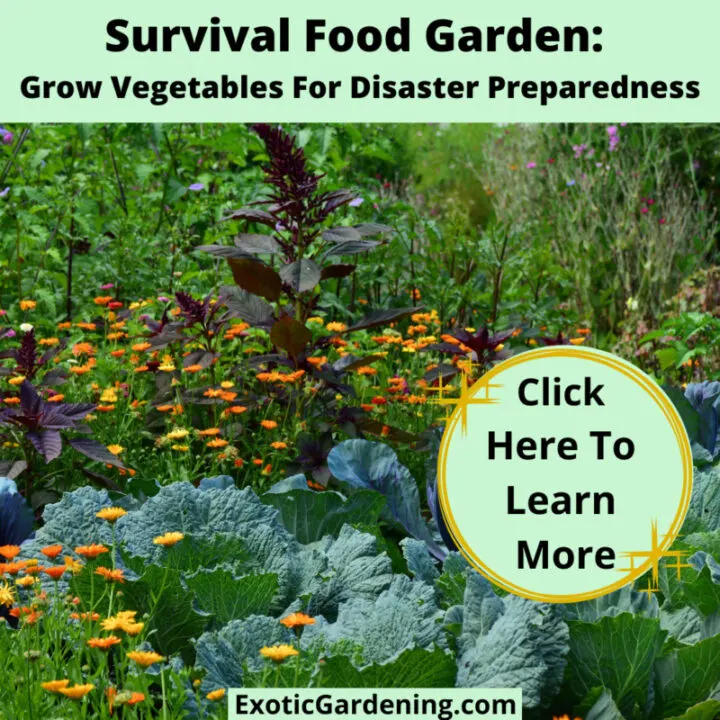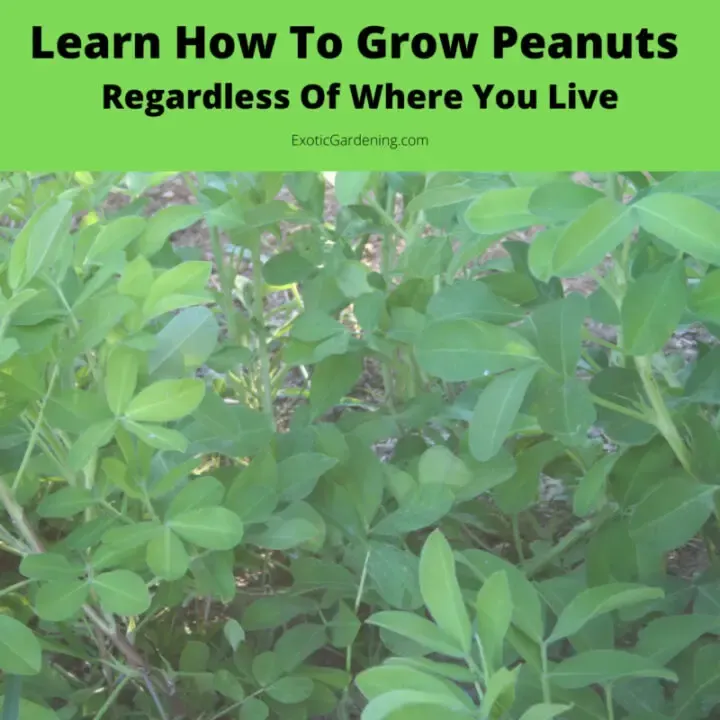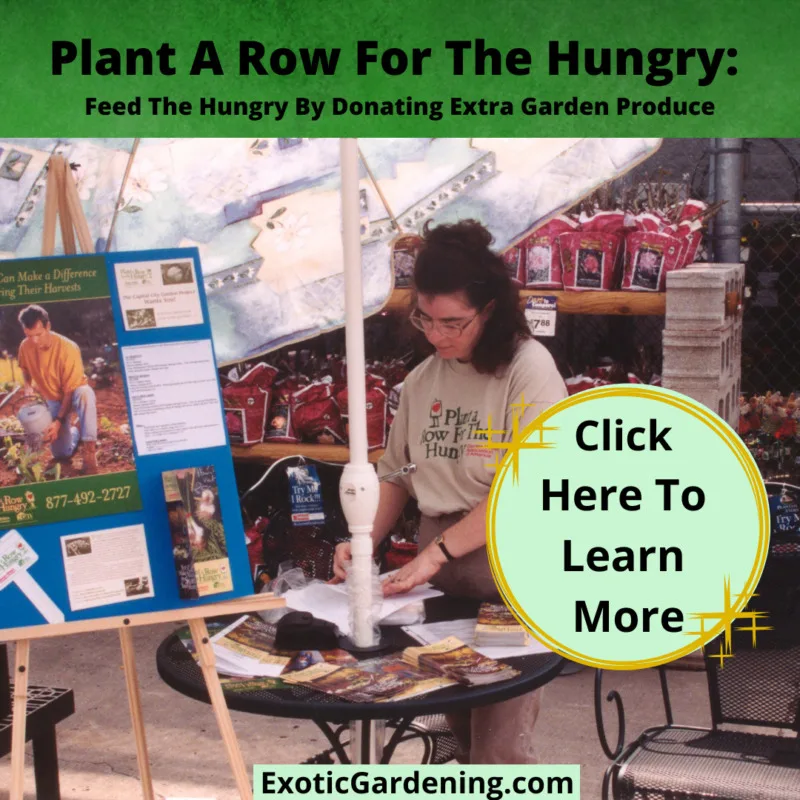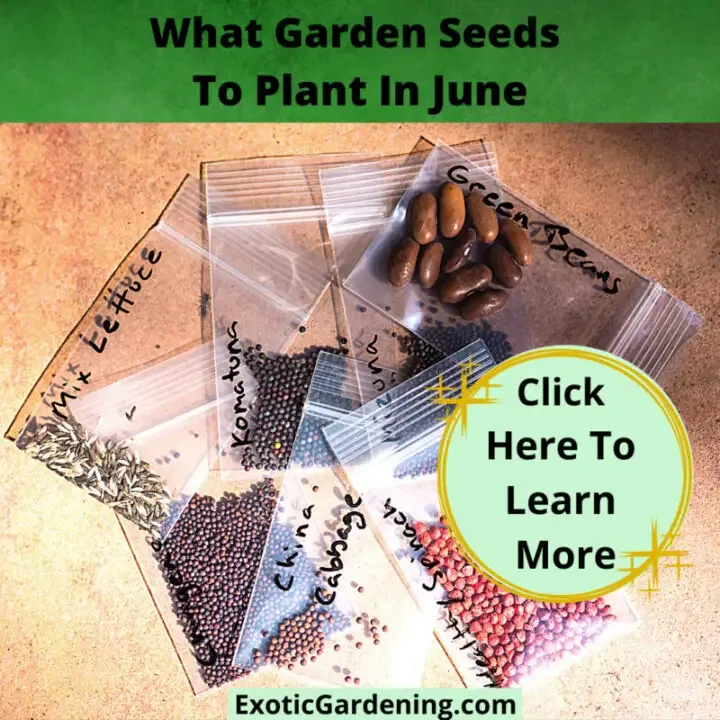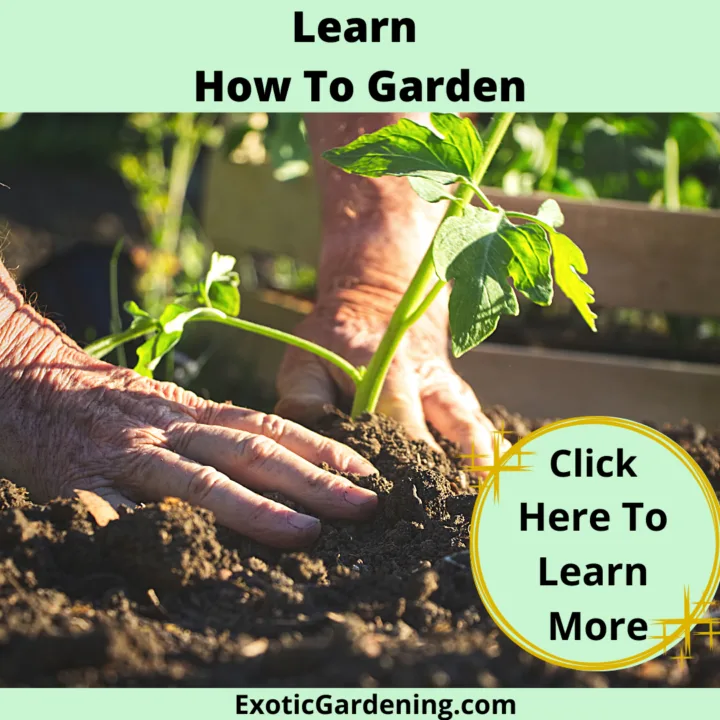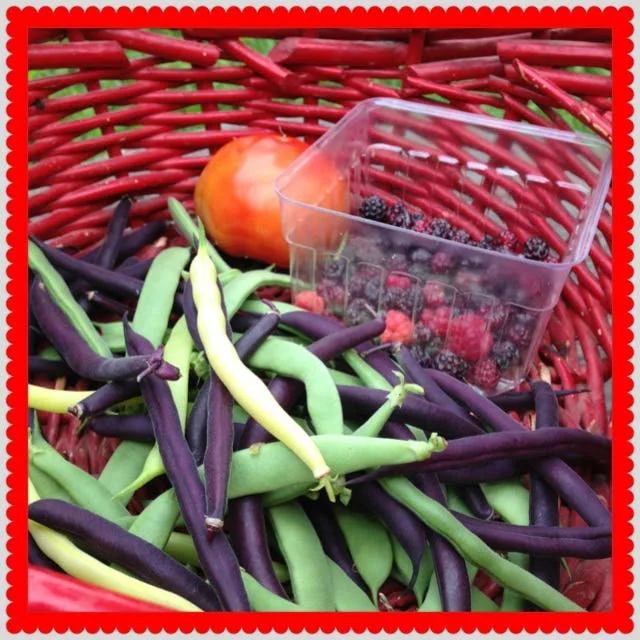Knowing when to plant in spring is half the battle of successful gardening.
Gardeners who plant too early end up with dead or damaged crops while gardeners who plant too late wait longer to get harvests.
The general rule of thumb is to plant after the last frost in your area.
Timing is important and the best way to get the timing down is by combining research and experimentation.
Keep accurate notes of both successes and failures so you know what actually works in your garden.
In no time at all you will have a gardening calendar that will allow you to plant ahead of schedule and harvest earlier than what you thought possible.

Use Cold Frames When You Plant In Spring
The use of cold frames or tunnel houses will let you get an earlier start on the growing season.
Cold frames or tunnel houses do not need to be fancy.
It is possible to make these items out of wood, straw, glass or plastic.
What is needed is an enclosed frame such as four bales of straw put together to make a square with an opening in the center and a way to cover the frame.
An old window laid on top of the straw or even 6 mil. plastic framed with wood.
Use Frost Cover When You Plant In Spring
Frost cover can be used alone or inside of cold frames to add an extra layer of protection for the plants.
The trick with frost cover is to make sure it is suspended above the plants.
Water rises in the day, then drops back down and falls onto the frost cover at night as temperatures cool.
If the frost cover touches the plants, it will cause damage to occur to the plants.
Remember it is moist inside of these structures and the moisture will freeze if the temperatures get cold enough.
Frost cover does allow water to go through it and fall onto the plants, however some moisture may remain on the frost cover causing it to freeze.
The frost cover freezing on the plant foliage is what causes damage to the plants in the event the frost cover is allowed to touch them.
Gardeners who start with seeds should set up the frost cover as if the plants were already in place to offer the ultimate in protection to young germinating seedlings.

Plant In Spring For Early Season Vegetables
Once your gardening supplies are ready to go and the ground is prepared, the next step is to know when to plant in the spring.
Early bird gardeners who do not mind working in the cold know early season vegetables can be sown as early as January 1 in USDA zone 5 and higher, however most gardeners will wait until mid-March.
Gardeners in USDA zones 4 and lower can try to sow this early, but they may want to wait just a little longer.
Early season vegetables to plant include carrots, spinach, peas, potatoes, lettuce, onions, cabbage, broccoli, kale and other cool season crops.
As March rolls around some warm season crops can be grown under cover using both cold frames or tunnel houses and frost cover.
These crops include cucumbers, tomatoes, bush beans, corn, cantaloupe, squash, eggplant and watermelon.
Armed with the knowledge of when to plant in spring as well as research gathered from year to year, gardeners will find the amount of fresh produce available to them from their garden will be much more diverse than using traditional planting schedules.
Planting Your Garden
How Much To Plant In Your Garden
This article will help you figure out how much to plant in your garden depending on your family's size and whether you want to preserve the food or not.
Benefits Of Container Gardening During Changeable Weather Conditions
Changeable weather conditions certainly impacts gardeners who wish to grow their plants in the ground, but there is a solution. Learn about the benefits of container gardening and how it can help gardeners deal with climate change!
How To Grow Tomatoes
Learn how to grow tomatoes and how to plant tomatoes in a garden. Growing great tomatoes is easy if you follow a few simple steps.
Mastering Sweet Potato Gardening: How to Plant Sweet Potato Plants
Unlock the secrets of successful gardening with our guide on how to plant sweet potato plants for a bountiful harvest!
Gardening Tips For Beginners
These gardening tips for beginners will help you get your first garden started right. Tips on gardening planning, caring for bareroot plants and more.
How To Garden In Winter Indoors And Outdoors
Learn how to garden in winter indoors and outdoors. There are many vegetables and herbs that don't mind the cold or thrive in containers.
How To Make Compost At Home
Learn how to make compost at home using materials you already have on hand and are likely to throw into the trash and send to the local landfill.
Control Tomato Pests With These Organic Gardening Tips
These organic gardening tips for controlling pests on tomato plants help you identify, control and get rid of the problem without the use of organic pesticides in most cases.
How To Combat Blossom End Rot
Wondering what to do about tomatoes with brown spots on the bottom of them? Learn how to combat blossom end rot, a common problem many gardeners encounter.
Save Money! Harvest Free Vegetables Year-Round In Any Climate!
Garden tips for beginners - and advanced gardeners alike - that are sure to help save money. These gardening tips are about more than just plant care!
Vegetable Growing Realities: More Than Economic Benefits
When it comes to the facts of vegetable growing realities, there are more reasons than just the economic benefits for doing it.
Outsmart Frost in Spring Vegetable Gardens
Understanding how to outsmart frost in spring vegetable gardens leads to earlier harvests, less plant damage and a longer growing season.
Greenhouse And Coldframe Garden Structure Ideas
Learn about tunnel houses, greenhouses and cold frame garden structures as well as how they are used to grow plants outdoors year round.
Vegetable Garden Tips And Ideas For Using Artificial Grass
If you're looking for vegetable garden tips and ideas that incorporate the use of artificial grass, look no further! Weed prevention, pest control and environmental benefits. If you're looking for vegetable garden tips and ideas that incorporate the use of artificial grass, look no further! Weed prevention, pest control and environmental benefits.
10 Easiest Vegetables to Grow from Seed
Learn about the 10 easiest vegetables to grow from seed. Not only are there some unique heirloom varieties, but they are tasty too!
Extend the Spring Vegetable Garden
Learn how to extend the spring vegetable garden into summer, fall or even winter by using various shading and covering techniques.
Survival Food Garden: Grow Vegetables For Disaster Preparedness
A survival food garden is a great thing to have even if you don't believe the zombie apocalypse is coming.
Peanuts Are Exotic Plants: Growing vegetables such as peanuts can make your garden unique
It is possible to learn how to grow peanuts even if you don't live in a warm climate. Peanuts are exotic plants that are fun to grow.
Plant A Row For The Hungry: Feed The Hungry By Donating Extra Garden Produce
Plant A Row For The Hungry encourages gardeners to plant extra vegetables and donate them to their local food pantries to help those in need.
What Garden Seeds To Plant In June
There are a number of vegetable garden seeds to plant in June. Even if the soil is too wet to work, there are ways around that.
Eat Better, Save Money By Growing A Garden
Learn how you can eat better and save money by growing a garden right in your own backyard or even on your balcony!
Sheri Ann Richerson
Growing organically is important because the produce is healthier and contains more nutrients.
It is better for the environment, insects and birds, plus there is no concern about the potential issues with GMO’s.
It is also environmentally friendly and helps reduce your carbon footprint, not to mention saves money.
Plus there is the holistic perspective of growing an organic garden because from the soil to the food we eat, it is all interconnected.
In this course you will learn:
How to build healthy organic soil
When to plant seeds or established plants as well as when to direct sow
How to simplify garden maintenance
Natural methods of pest control






